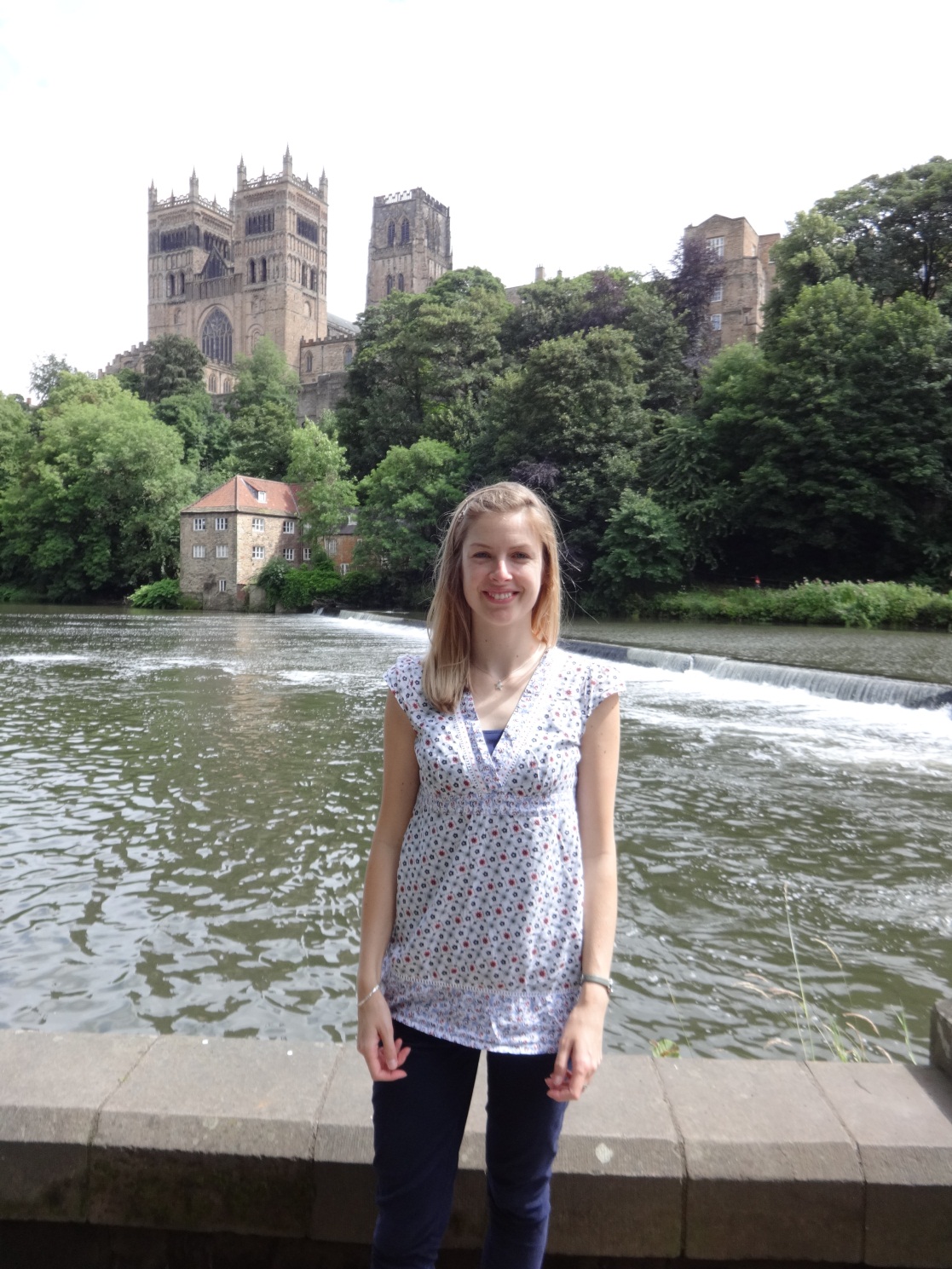Dr Amy Hinks
Alumni
I have been a postdoctoral researcher in the WildCRU since 2011 and my interest ranges from individual-based to species-distribution level studies of wild animal populations.
I studied for a BSc in Natural Sciences at Durham University, followed by an MSc in Ecology, Evolution and Conservation at Imperial College London. My MSc thesis, investigating how habitat quality variation determines blue tit Cyanistes caeruleus breeding success, lead to a DPhil with Professor Ben Sheldon in the Edward Grey Institute at Oxford University. My DPhil took an individual-based approach to ascertain the spatial scale at which great tits Parus major respond to environmental cues in determining the optimum time to breed and how this influences their reproductive success.
My research experience to date includes spatial ecology, avian ecology, species distribution modelling, conservation priority setting and wildlife charisma assessments. My postdoctoral position at WildCRU involves global-level mapping of threatened and rare mammalian species distributions to address questions of where conservation efforts may have the greatest likelihood of success, given the geopolitical backdrop of different countries and regions. My current work uses spatial modeling to identify ‘charismatic umbrella species’ of mammals that can be targeted to increase the efficiency and benefit of wildlife conservation actions, whilst also appealing to the hearts, and wallets, of a supportive public.
Selected Publications
Burnham, D., A. E. Hinks, and D. W. Macdonald. 2012. Life and Dinner under the Shared Umbrella: Patterns in Felid and Primate Communities. Folia Primatologica 83:148-170.
Cole, E. F., J. Morand-Ferron, A. E. Hinks, and J. L. Quinn. 2012. Cognitive Ability Influences Reproductive Life History Variation in the Wild. Current Biology 22:1808-1812.
Dickman, A., A. Hinks, E. Macdonald, D. Burnham, and D. Macdonald. In press (2015). Priorities for Global Felid Conservation. Conservation Biology.
Evans, S. R., A. E. Hinks, T. A. Wilkin, and B. C. Sheldon. 2010. Age, sex and beauty: methodological dependence of age- and sex-dichromatism in the great tit Parus major. Biological Journal of the Linnean Society 101:777-796.
Hinks, A., E. Cole, K. Daniels, T. Wilkin, S. Nakagawa, and B. Sheldon. In press (2015). Scale-dependent phenological synchrony between songbirds and their caterpillar food source. The American Naturalist.
Macdonald, D. W., D. Burnham, A. E. Hinks, and R. Wrangham. 2012. A Problem Shared Is a Problem Reduced: Seeking Efficiency in the Conservation of Felids and Primates. Folia Primatologica 83:171-215.
Macdonald, E., D. Burnham, A. Hinks, A. Dickman, Y. Malhi, and D. Macdonald. In review. Conservation inequality and the charismatic cat: Felis felicis. Biological Conservation.
Sepil, I., S. Lachish, A. E. Hinks, and B. C. Sheldon. 2013. Mhc supertypes confer both qualitative and quantitative resistance to avian malaria infections in a wild bird population. Proceedings of the Royal Society B-Biological Sciences 280.







